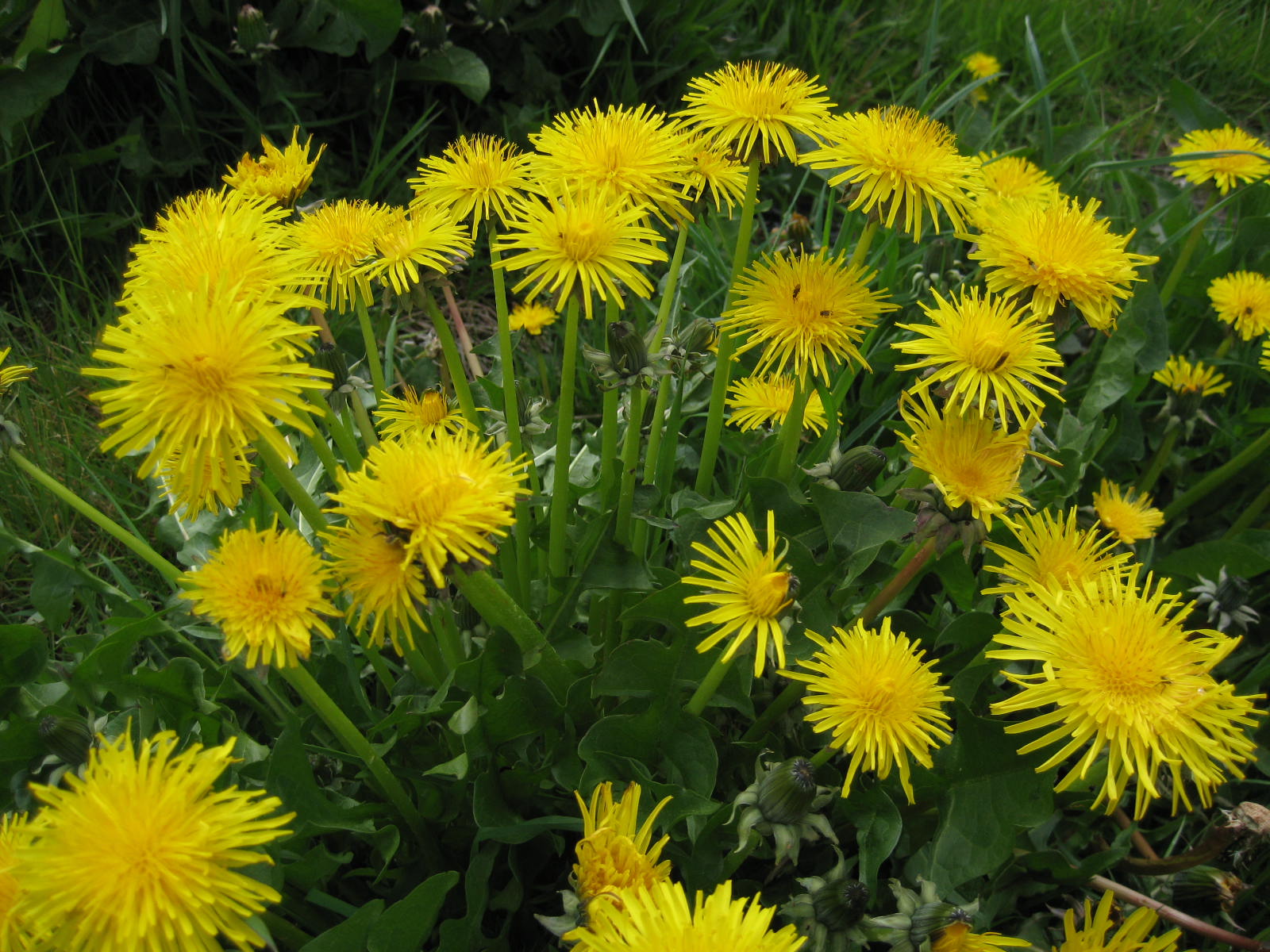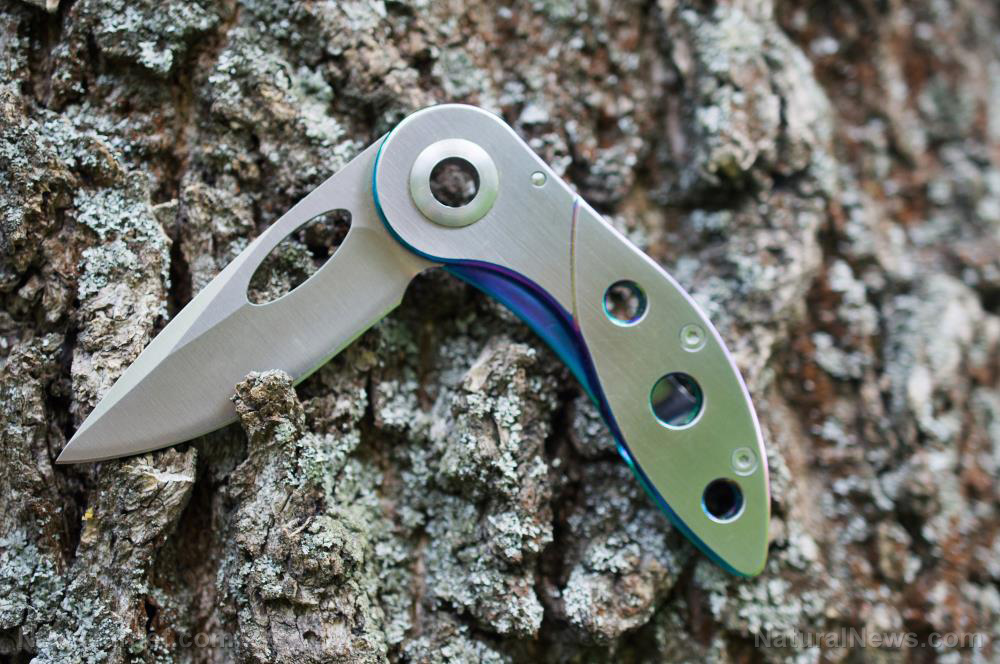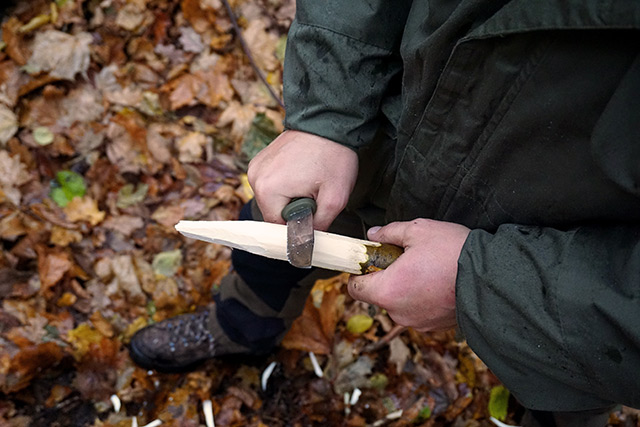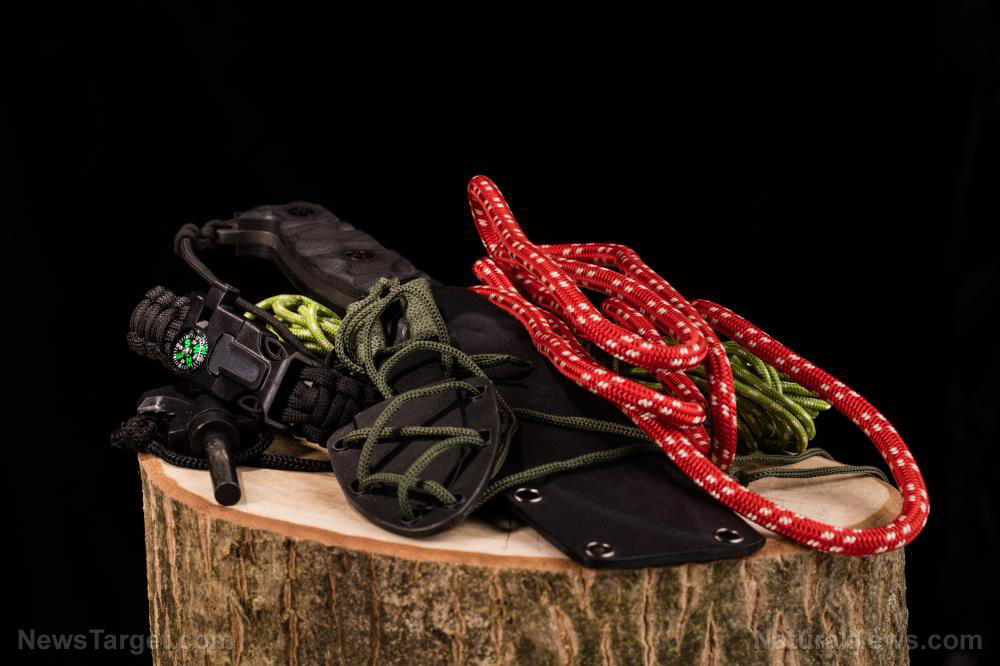
Tips for foraging
If you're new to foraging, take note of the following tips so that you can safely forage for wild edible plants:- Consult a foraging expert. Consult a local plant expert who can help you identify plants and note subtle differences between various plant species. Find a foraging expedition in your area and join for more hands-on lessons on foraging.
- Use your eyes. Seasoned foragers rely on their senses, especially their eyes, to identify characteristics of plants, which serve as their "clues" as to whether or not a plant is edible. Inspect the plant's leaves, flowers and stems. Do this across seasons to understand how plants look in different seasons, particularly because pocket field guides tend to only depict plants at the peak of their edibility.
- Read. Once you've gotten the hang of distinguishing plant characteristics, read foraging manuals, cookbooks and other resources to verify your observations and learn more about the plants you're foraging for. You can also make your own sketches when observing plants and confirm their identification using foraging manuals.
- Taste the plant. Taste is the riskiest identifying clue, which is why it should be saved for last. Do not try to taste a plant if you're not absolutely sure of its identity.
- Avoid wild mushrooms. There are few plants that will kill you if ingested. Most of those are species of mushrooms. While there are edible mushroom species, it's best to stay away from them if you're not comfortable foraging for them yet because some toxic mushroom species look like edible ones.
Burn fat while boosting your energy with extra-virgin coconut oil
By Skye Anderson // Share
12 Tasty superfoods that can boost your brain health and memory
By Joanne Washburn // Share
Prepper must-haves: 11 Items for your Ziploc bag survival kit
By Zoey Sky // Share
How to catch and prepare fish when SHTF
By Ramon Tomey // Share
Survival essentials: 10 C’s of wilderness survival
By Divina Ramirez // Share
How to light your way after an EMP event
By Mary Villareal // Share
An invisible assault: How everyday heavy metals sabotage brain health
By willowt // Share
Pentagon warns of China's rapidly expanding nuclear arsenal
By kevinhughes // Share
FCC grounds new Chinese drones in sweeping security move
By avagrace // Share
The methylation switch: Scientists identify diet that can turn back the cellular clock
By jacobthomas // Share
Renaissance or Ruin: A wake-up call for cultural revival and self-sufficiency
By kevinhughes // Share
Weight loss in midlife may trigger brain inflammation, study finds
By avagrace // Share











